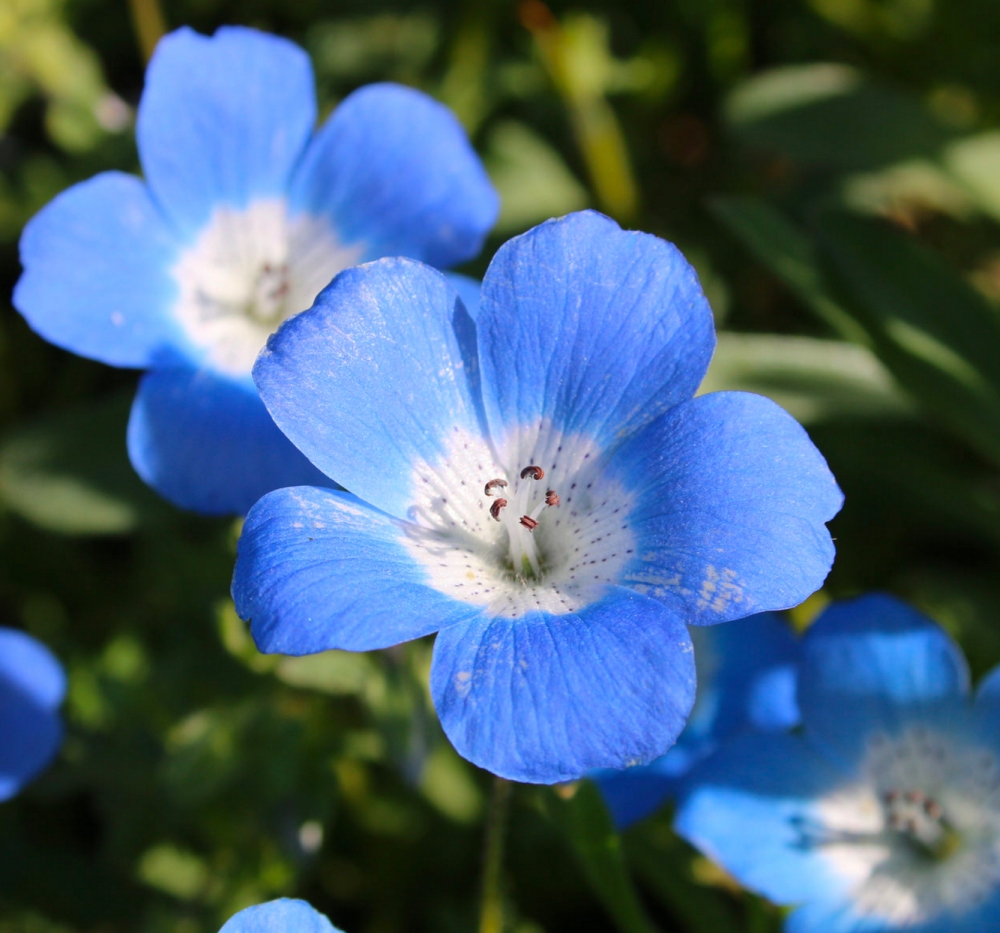A Champion for Plants

Native plants have a guardian angel in Susan Mazer. Her research as a botanist has furthered the conservation of some of the rarest plant species in California and has influenced the design of habitat restoration efforts.
Mazer, a professor in UC Santa Barbara’s Department of Ecology, Evolution, and Marine Biology (EEMB), has contributed to the scientific understanding of plant evolution and adaptation to change, and she's trained others in the research skills needed to investigate these fundamental and universal processes, inspiring the next generation of plant protectors.
In recognition of her conservation achievements both in California and around the world, the Santa Barbara Botanic Garden has awarded Mazer the Honorable John C. Pritzlaff Conservation Award. Named for a former botanic garden trustee and lifelong champion of the environment, the award aims to inspire others to understand the importance of plant conservation.
“The director of conservation and research, Denise Knapp, asked me to come to the garden; I had no idea why,” Mazer said. “When she brought out a bottle of champagne and told me I had been selected as this year’s Pritzlaff prize awardee, I was shocked, thrilled and very excited.”
“Previous awardees have come from all over the world, so it’s quite prestigious for Susan to be in their company,” said EEMB chair Gretchen Hofmann. “UCSB botanist J. Robert Haller and UCSB environmental scientist Daniel Botkin also received the prize in 2010 and 2012, respectively. These are only a few of the many notable international conservationists to receive the Pritzlaff prize since its inception in 2007.”
As part of the award, Mazer will deliver the keynote address at the annual Santa Barbara Botanic Garden Conservation Symposium taking place Oct. 13 at Santa Barbara City College’s Fé Bland Forum. She will discuss the power of seeds, observations and specimens to predict ecological and evolutionary responses of plants to climatic variation.
Mazer co-founded the California Phenology Project and the Project Baseline seed bank, large collaborative projects of national significance that contribute to understanding what climate change has in store for the seasonal cycles of wild plants and for their genetic diversity. Through these projects and others, she has engaged legions of citizen scientists who have contributed to this research and spread the word.
An energetic speaker and dedicated mentor, Mazer has inspired many UCSB students to love plants, through her classes in biology and biodiversity, evolutionary ecology, population genetics and reproductive ecology. More than 200 undergraduates have contributed to her field, greenhouse and lab-based research, and she has taught and trained students in Thailand, Peru, China and Costa Rica.
Mazer received her bachelor’s degree in biology from Yale University and a master’s degree and Ph.D. in botany from UC Davis. She is the author or co-author of more than 100 papers and book chapters, and her work has been cited thousands of times. Mazer’s honors include the National Science Foundation’s Presidential Young Investigator Award. She served as program director of the NSF’s ecological biology program for two years and currently is the president of the California Botanical Society.
With a new NSF grant, Mazer will test a long-standing evolutionary theory about how quickly wild populations can adapt to changing environments by investigating rates of adaptation in Nemophila menziesii, a wild flowering plant native to California and commonly known as baby blue eyes.
“The ability of populations to adapt to stressful environmental conditions depends on the presence of genetic variation in the ability to survive and to reproduce, as well as a genetic variation in the traits that affect survival and reproduction, such as plant physiology and timing of reproduction,” Mazer explained. “Very few studies have measured the process of adaptation in nature to identify the factors that determine how rapidly plant populations adapt to water-limited conditions.”





